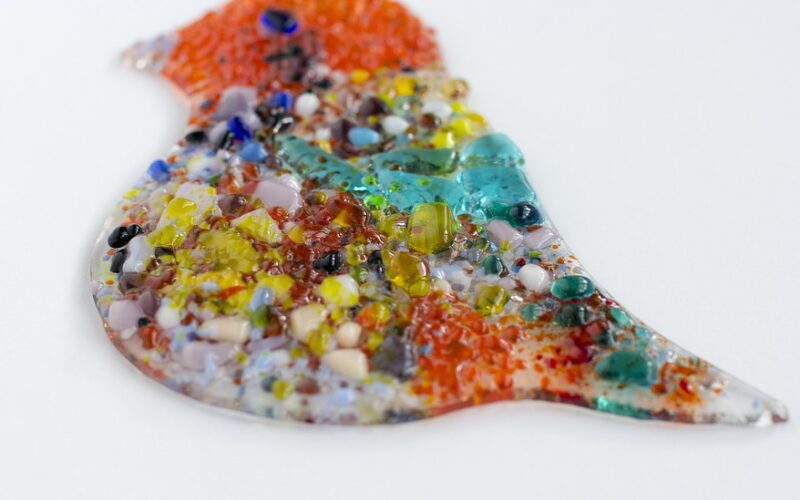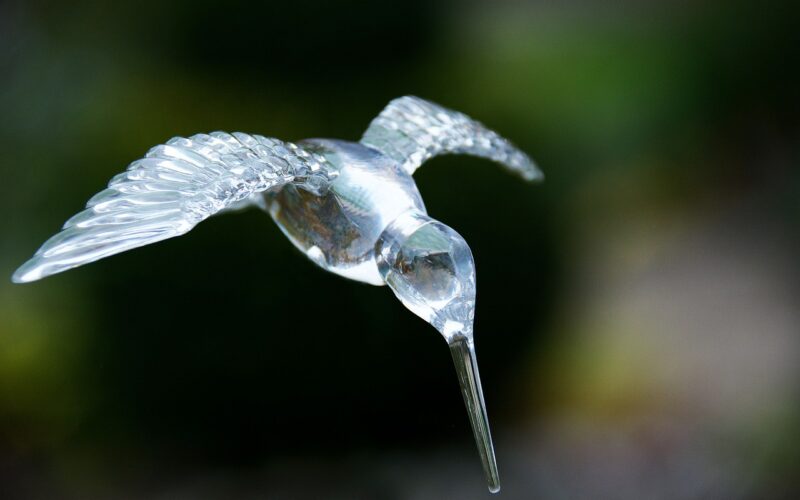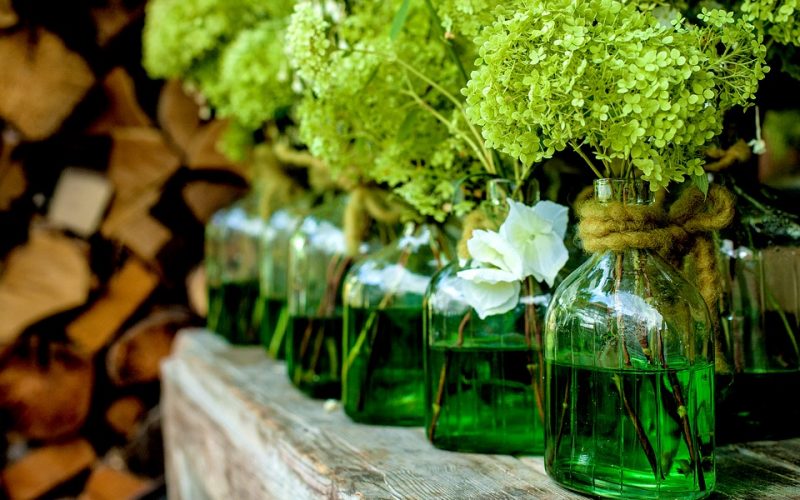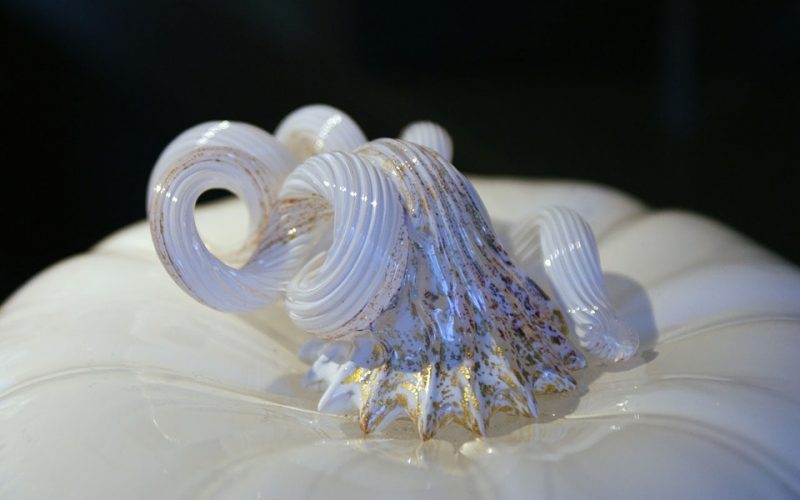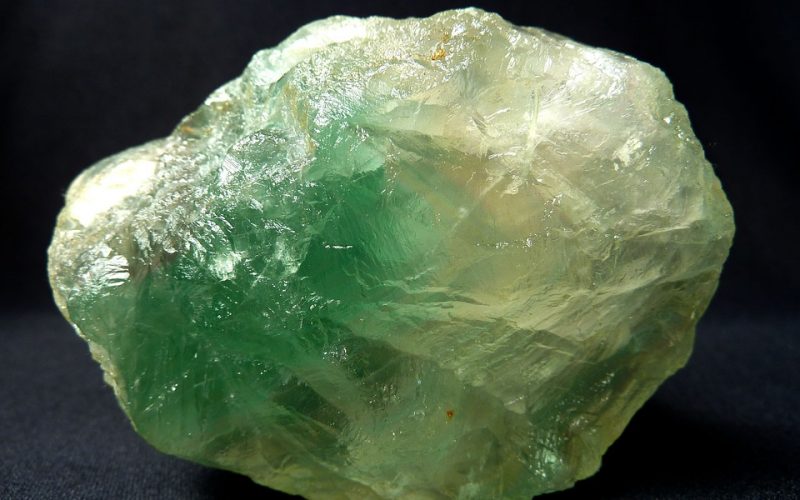Glass today comes in thousands of colours, shapes, and sizes. It is one of the most versatile mediums for manufacturers and artists. It can be shaped and moulded for almost any end use, and the variety of colours that can be added in different shades and tones can make it appealing. Even clear pieces can be considered useful works of art, and small splashes of colour can be added using glass decals or transfers. All of these factors can make any glass art a place where the artist should consider a vivid display if they want to attract the eye of casual or professional collectors.
Perfecting the art of glass-making has been a continuing project over the centuries, and it is still progressing today. Many artists have found that shape alone is not enough to satisfy them or their clientele, and they constantly find ways to reshape or enhance the colours they use. Some have found gradations in colour throughout a piece can be a most attractive way to enliven their work, and others have created pieces where different colours abut each other to create interest.
Shaping pieces of glass is usually done with machinery in commercial applications, but artists are often trying to offer something different when they create their pieces. Using old-fashioned methods to come up with a unique shape is all part of the beauty and interest they are trying to create. Being able to use a wide variety of methods to make unique shapes is part of what collectors want to see when they view the wares at a show.
Creating the perfect art display of glass also depends upon the background that can highlight or showcase any particular piece. Knowing what works and what does not can make the difference between a sale or packing all the pieces back into a box at the end of the show. Artists need clients to keep them financially able to continue their art, so using whatever is needed to make their pieces stand out is often a priority.
